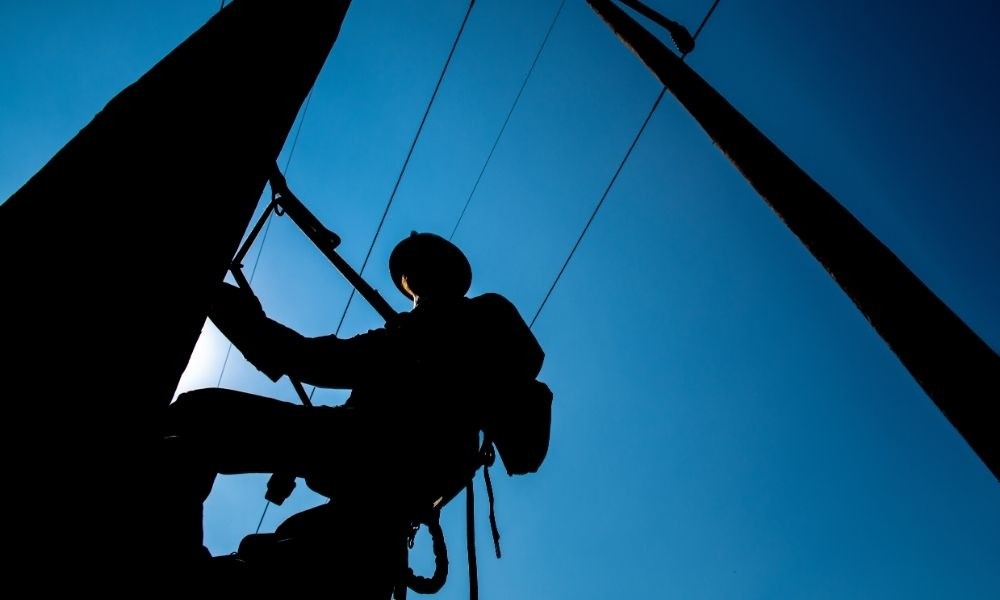A Lineman’s Tool Kit Essentials

Working as a lineman requires an individual to perform a series of different tasks. From scaling the wooden pole to removing, replacing, and maintaining electrical equipment, each day’s work can vary from the previous one and offer challenges the worker didn’t expect. As such, a lineman must be prepared for anything by always having the proper tools on hand. This will ensure that not only can they effectively problem-solve on the job, but also that their work can be completed in a safe and timely manner. These are some of a lineman’s tool kit essentials and how they assist in getting each project done right.
Hand and Power Tools of All Sizes
There’s no telling what specific tools a lineman is going to need for a specific job. Because of this, it’s often beneficial for them to carry a variety of tools just in case. This includes hammers, wrenches, and screwdrivers in a plethora of sizes as well as a set of power tools to handle the tasks that can’t be done by hand. In addition to these tools, it’s also useful to have a designated lineman tool bag to carry it all safely up the electrical pole.
Lineman-Grade Hot Gloves
It’s also important that a professional lineman always has a set of quality hot gloves on hand. After all, working on an electrical pole doesn’t just put a worker at risk of electrocution; it also increases their chances of injury from the splintering wood. Without the proper protection for their hands, a lineman could sustain significant wounds as they ascend the pole that would make it impossible to do their job. This, combined with the burn hazard of working on electric cables, makes a good pair of gloves a vital resource.
Cable Cutters and Rollers
Other lineman tool kit essentials include cable cutters and rollers. The lineman uses these devices when installing new electrical wirings, as they help the lineman manage large coils and snip them to the correct length. This ensures that all electrical cables are the proper size and that there’s minimal excess that could snag on things. Cable cutters also make it easier for linemen to remove faulty cable lines and make them safer, in general, to handle.
Climbing Belt and Spikes
But in order for a lineman to do their job in the first place, they need to be able to get to the designated height on the electrical pole. This requires a climbing belt to keep them secure against the pole and climbing spikes to give them footing as they make their way up. The belt provides the climber with various straps to help them maintain their position as well as maneuver around any obstacles that may hinder their ascent. The spikes are designed to dig into the wood at the correct angle and lock a climber’s feet into place for stability.
